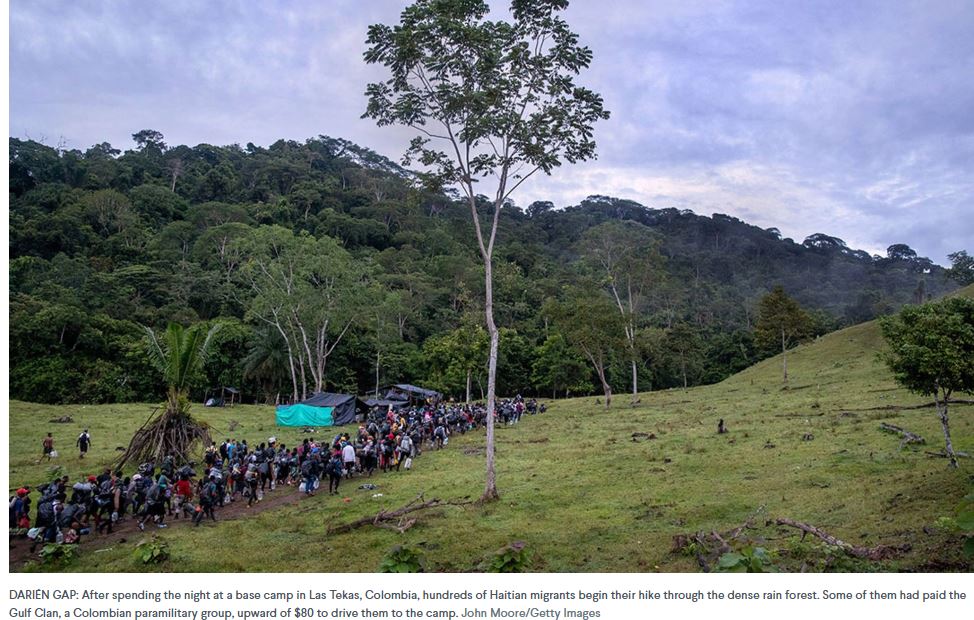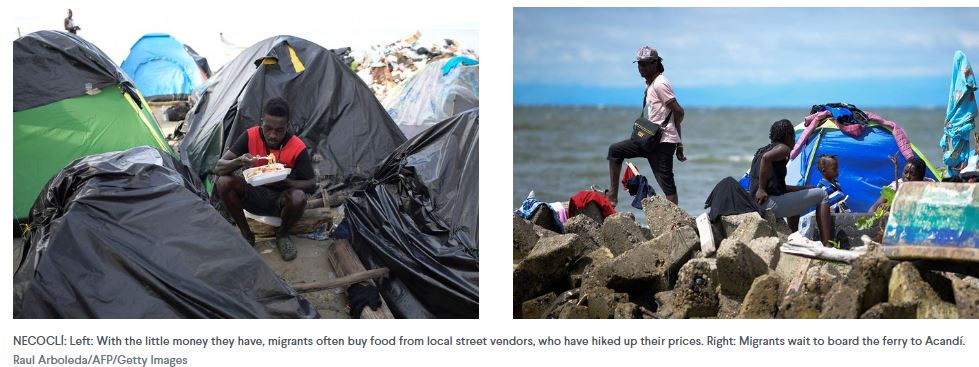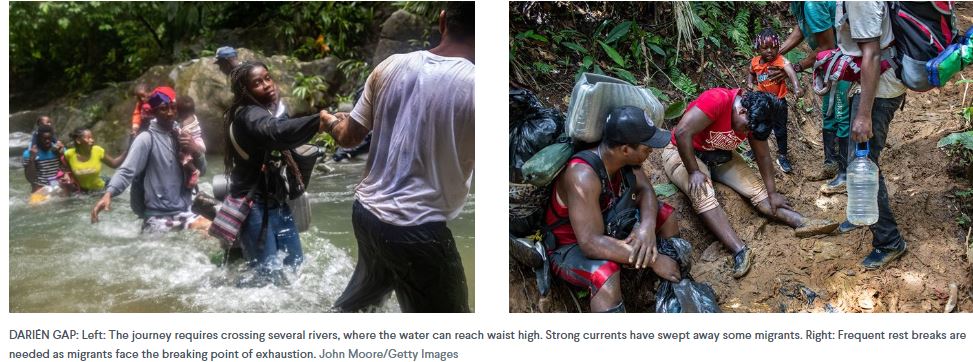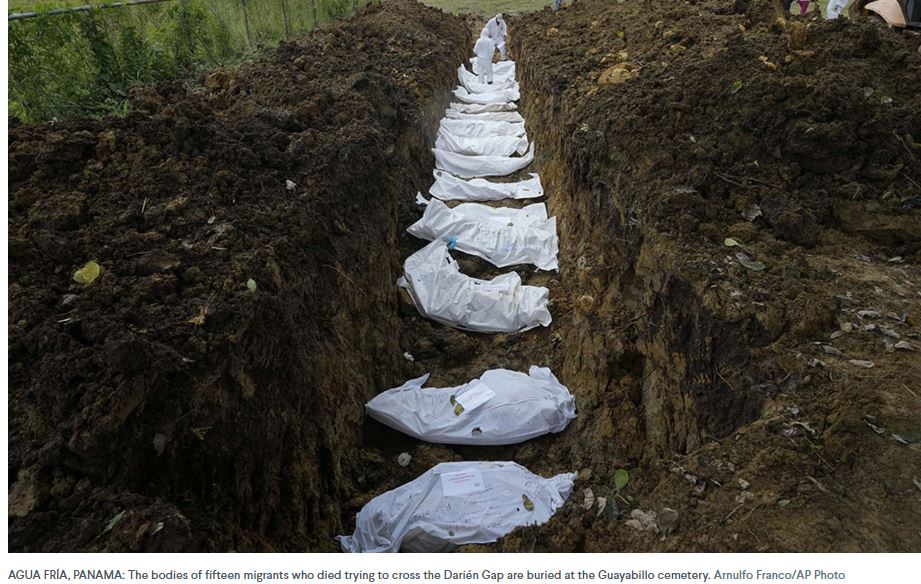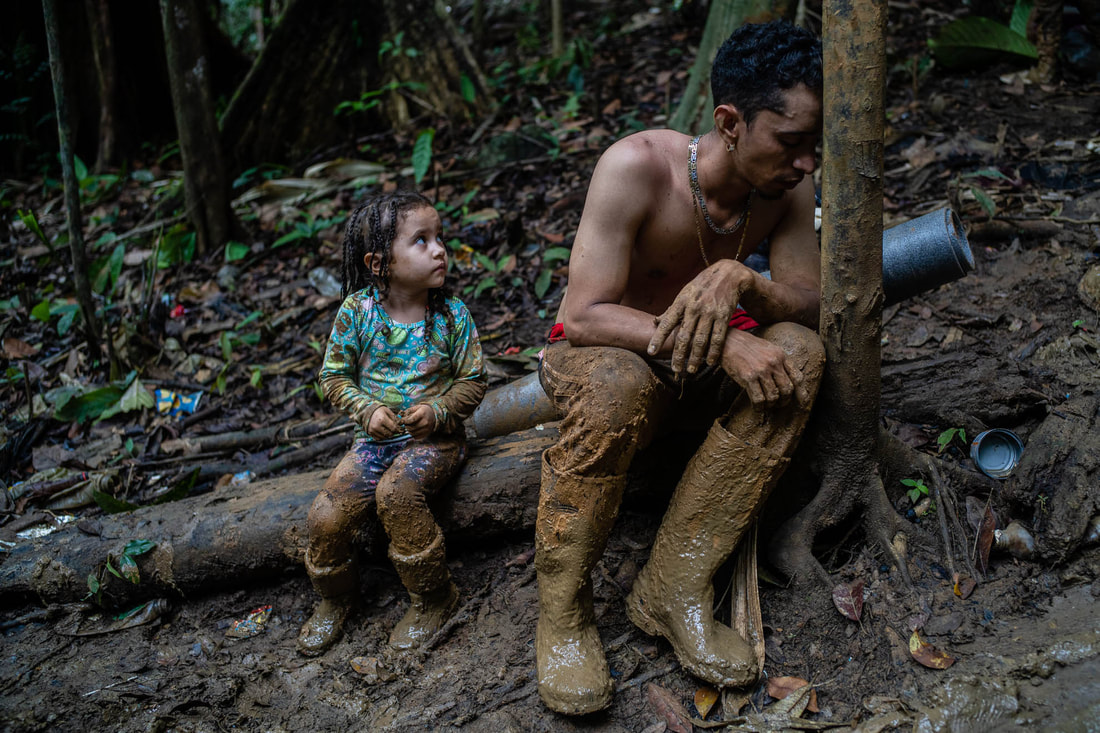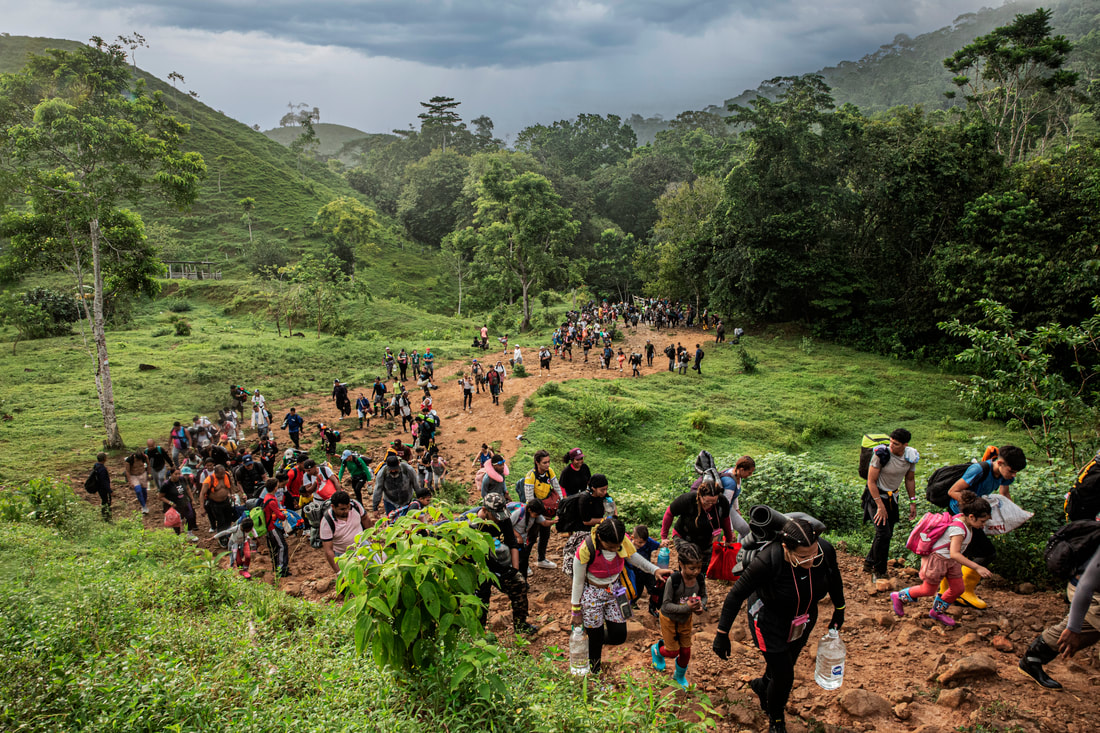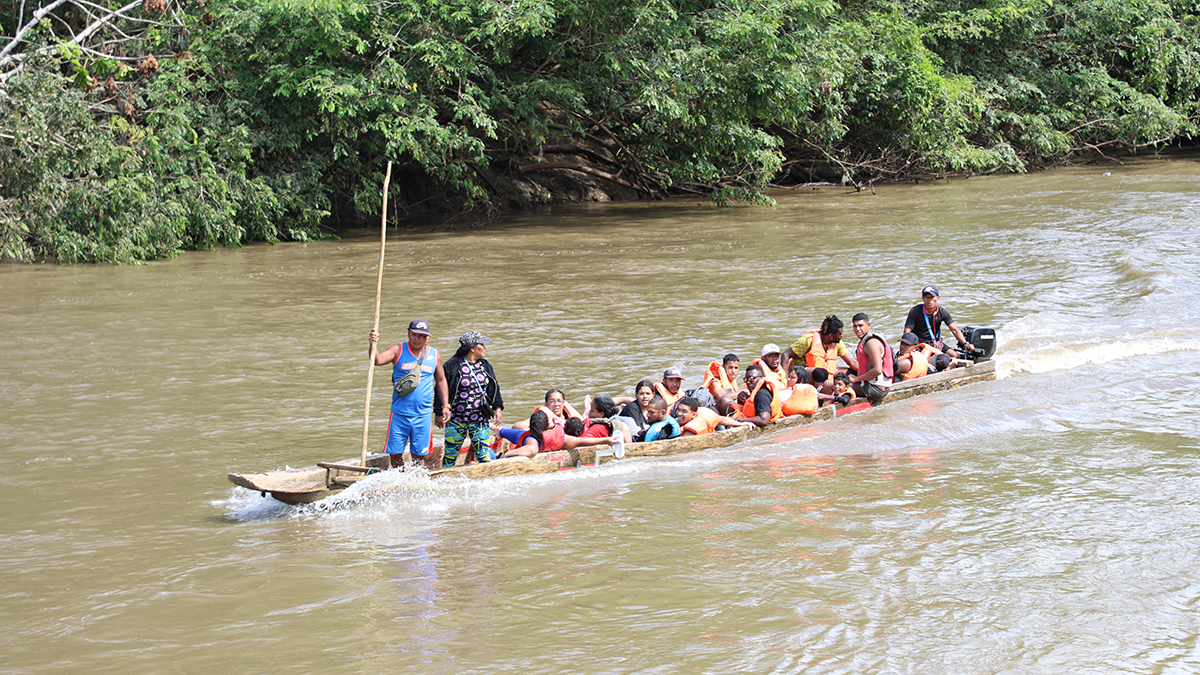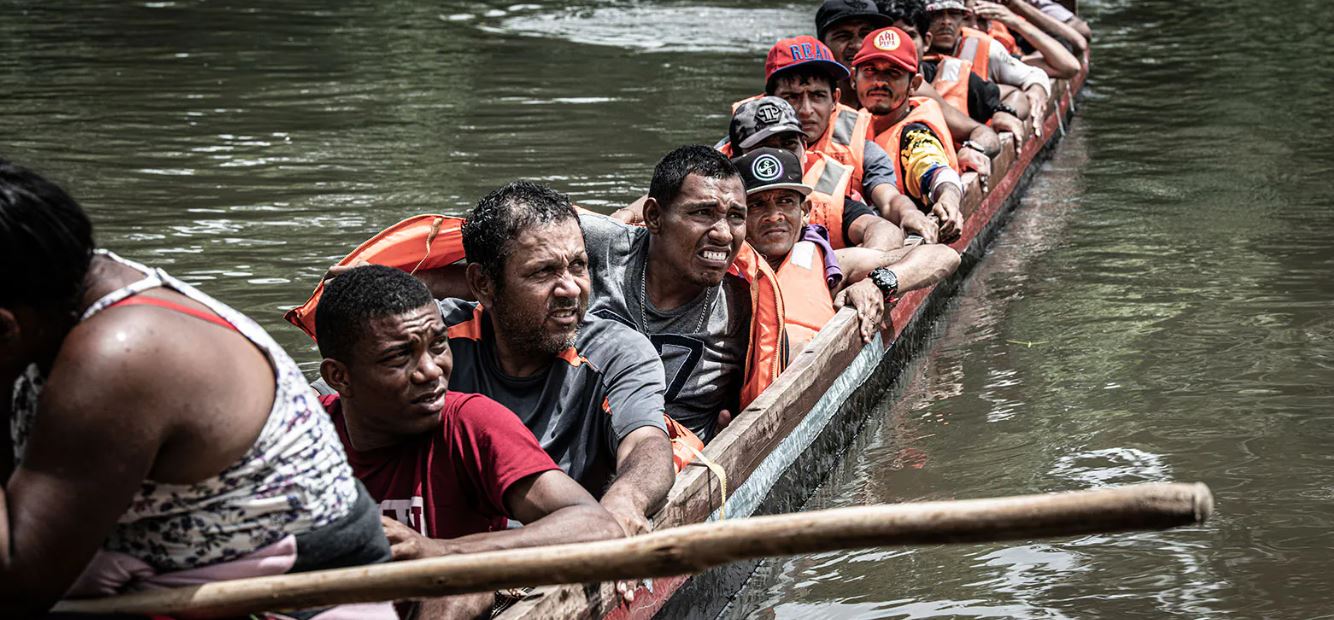07.06.2024
Crossing the Darién Gap: Migrants Risk Death on the Journey
The Darién Gap is an imposing obstacle on one of the world’s most dangerous migration routes. Over the past few years, it has become a leading transit point for migrants in search of work and safety in the United States, as authorities have cracked down on other routes by air and sea. According to the Panamanian government, a record number of more than 520,000 migrants crossed the Darién Gap en route to the United States in 2023, over double the number reported the year before and up from just a couple hundred people annually a decade ago. Approximately one-fifth of those who made the crossing were children. The majority of migrants were from Venezuela, followed by Ecuador and Haiti, but some hailed from as far away as Angola, Bangladesh, and Pakistan. Migrants will head for the Darién Gap jungle, a dangerous hike that can take ten or more days. Many pay to be led by local guides, or “coyotes.” Along the route are smugglers and criminal groups, including members of the Revolutionary Armed Forces of Colombia (FARC) and the Gulf Clan, a paramilitary group and Colombia’s largest drug cartel. These groups often extort and sexually assault migrants. Deep in the jungle, robbery, rape, and human trafficking are as dangerous as wild animals, insects and the absolute lack of safe drinking water. The environment presents an equally large challenge. The Darién Gap is one of the wettest regions in the world, and frequent rainfall can trigger landslides in the mountainous terrain. Temperatures can reach 95°F (35°C) with high humidity, exacerbating persistent thirst and hunger. The area’s wildlife, including crocodiles and venomous snakes, add to the dangers migrants face. According to the International Committee of the Red Cross, more than six hundred migrants died trying to cross the gap in the first six months of 2023, though officials say the actual figure is likely to be much higher. Credit: TRTWORLD
Poverty deprives people of adequate education, health care and of life's most basic necessities- safe living conditions (including clean air and clean drinking water) and an adequate food supply. The developed (industrialized) countries today account for roughly 20 percent of the world's population but control about 80 percent of the world's wealth.
Poverty and pollution seem to operate in a vicious cycle that, so far, has been hard to break. Even in the developed nations, the gap between the rich and the poor is evident in their respective social and environmental conditions.
Poverty and pollution seem to operate in a vicious cycle that, so far, has been hard to break. Even in the developed nations, the gap between the rich and the poor is evident in their respective social and environmental conditions.

